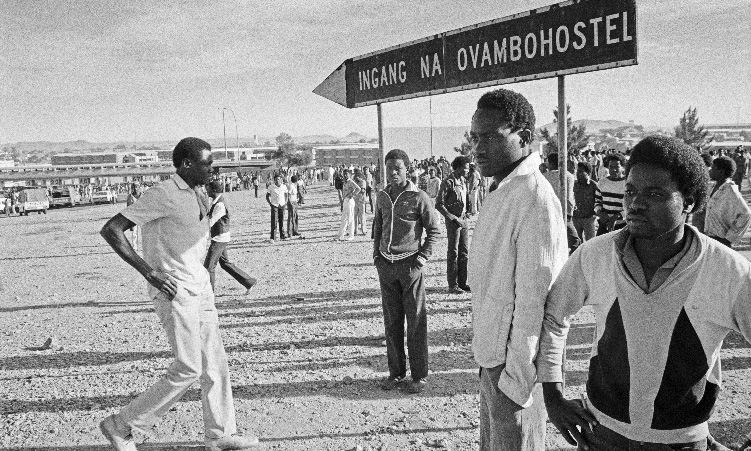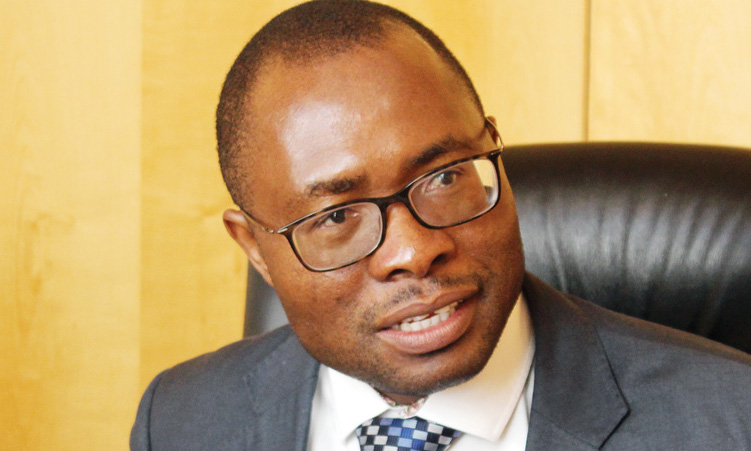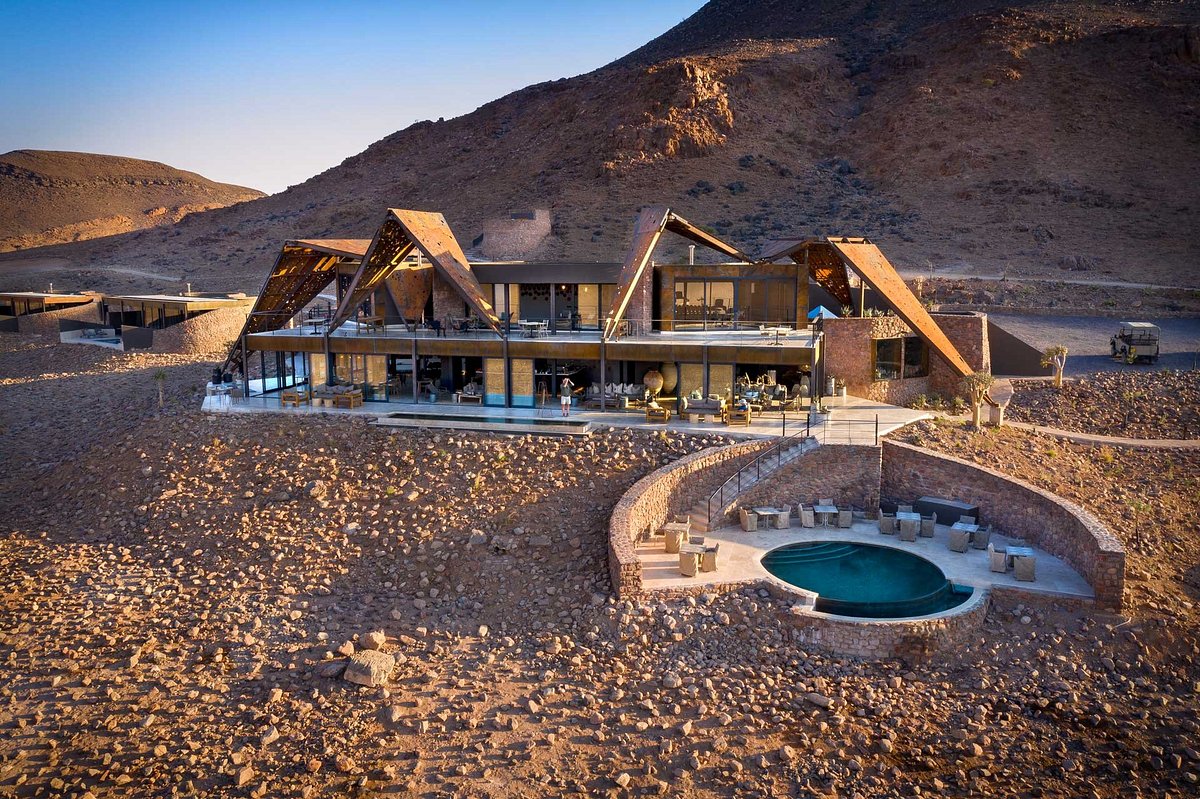THE average annual growth in private sector credit was 11,4% in 2016, down from 15,3% the previous year, central bank governor Ipumbu Shiimi said on Wednesday.
This was due to low credit extensions to both the corporate and household sectors. Shiimi said total credit extended to businesses dropped to 12,1% in 2016, compared to 18,9% in 2015.
“Lower growth was registered across most credit categories, with the exception of other loans and advances, which rose faster, from 7,1% in 2015 to 10,8% in 2016,” he said.
Shiimi stated that the annual average growth rate of individual credit slowed to 10,9% in 2016, from 12,8% in 2015.
He said the slower growth in credit to individuals was also reflected in overdraft, mortgage and instalment credit, while other loans and advances grew faster in 2016.
“The latest figures show that the downward trend in credit growth continued, with the annual growth of total private sector credit standing at 8,9%, and for individuals at 9,3% in December 2016,” said Shiimi.
In July last year, an amendment to the Credit Agreement Act was introduced, enforcing a mandatory 10% deposit on all passenger vehicles and reducing the maximum repayment period to 54 months, which has further driven down vehicle sales and borrowing.
Starting on 22 March, the Bank of Namibia will introduce Loan-to-Value Ratios (LTV’s) applicable to all prospective home -loan applicants for a second or further home loan for residential properties. A deposit of 20% will be required for a second home, 30% for a third home, 40% for a fourth home and 50% for a fifth home. This measure is also expected to affect credit extension by commercial banks.
RESERVES
The preliminary stock of international reserves stood at N$22,9 billion as at 31 January 2017. At this level, the stock of international reserves was estimated at 2,8 months of import cover.
“The stock of international reserves remains sufficient to sustain the one to one link of the Namibia dollar to the rand,” Shiimi said.
He noted that the domestic economy was estimated to have slowed during 2016, compared to 2015, while the overall rate of inflation increased.
The slowdown was mainly attributed to contractions of the construction and mining sectors, in particular diamond mining and metal ores, as well as slower activity in the public sector.
The agricultural sector continued to contract in 2016 due to drought, though to a lesser extent than in 2015.
“Growth in tertiary industries is expected to sustain activities in the economy in 2016, mainly driven by activities in wholesale and retail trade and tourism, although estimated to be lower than that of 2015,” he said.
The bank left the repo rate unchanged at 7%.
Stay informed with The Namibian – your source for credible journalism. Get in-depth reporting and opinions for
only N$85 a month. Invest in journalism, invest in democracy –
Subscribe Now!






